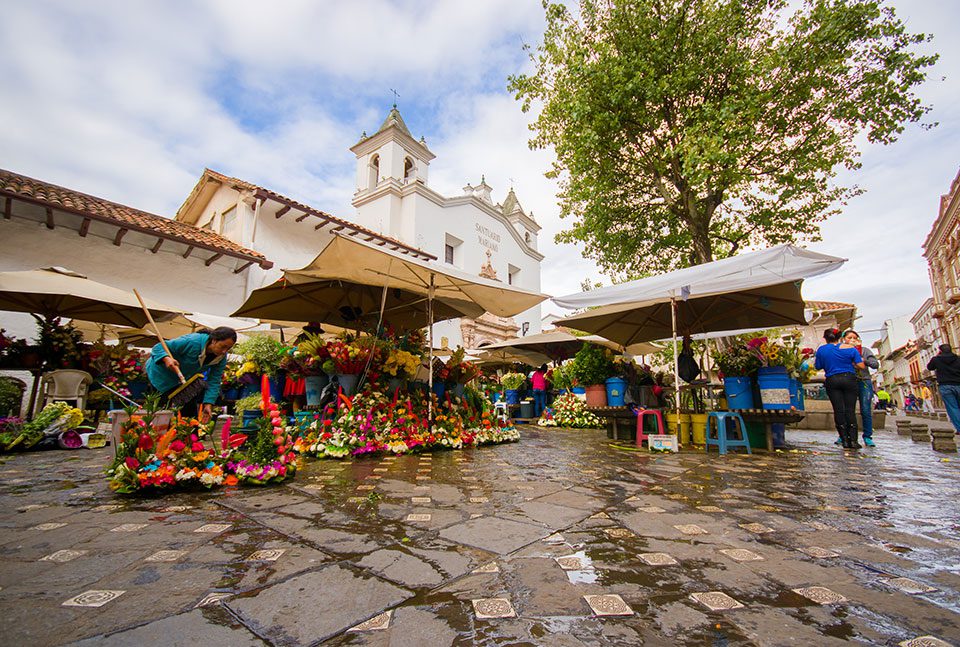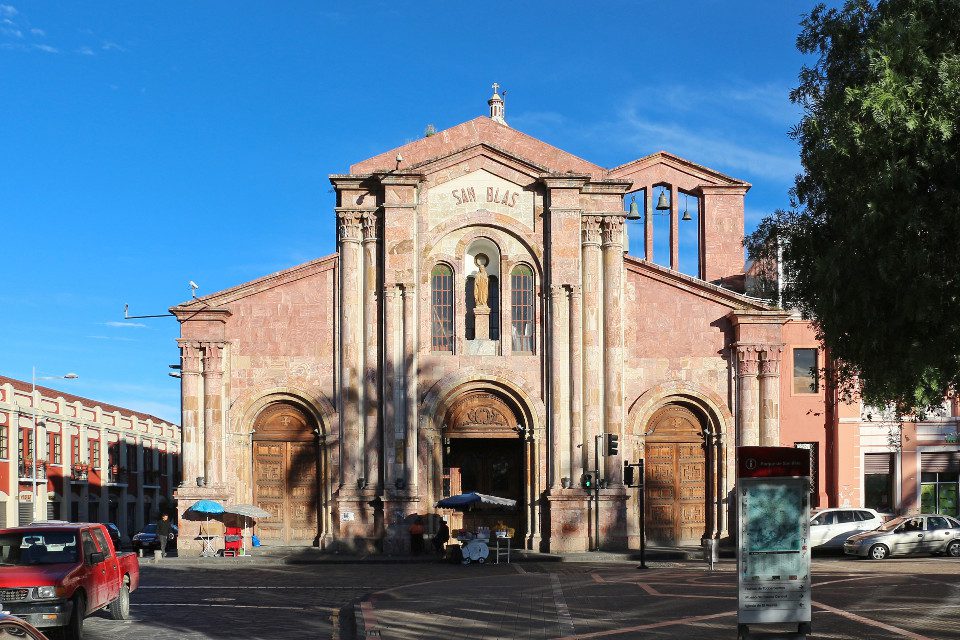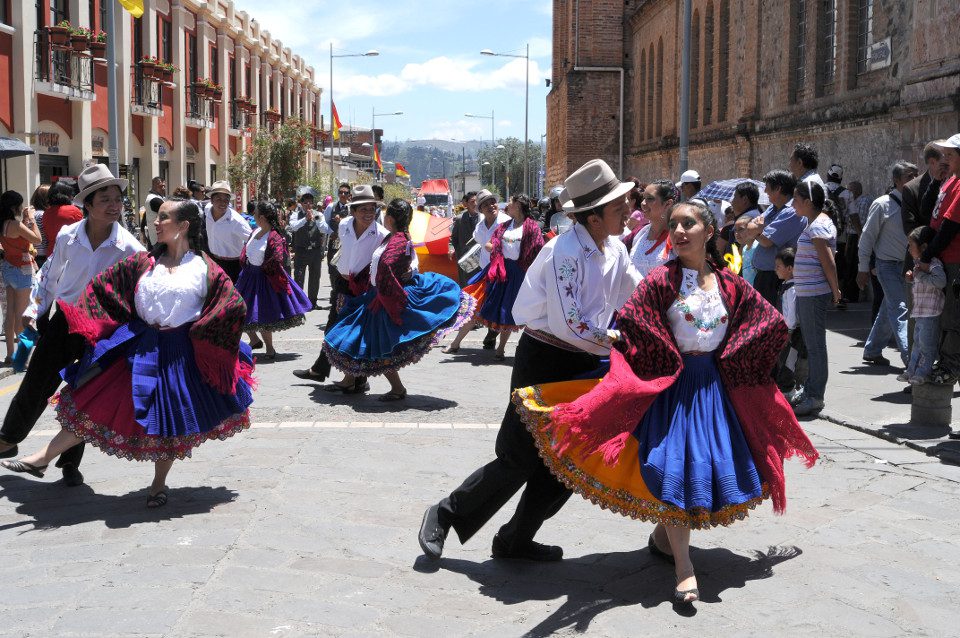TALK TO A DESTINATION EXPERT

Diego Zapata

Rosa Mena

Sandy Lara

Diego Zapata

Rosa Mena

Sandy Lara
Cuenca is the third biggest city in Ecuador and the second most important in the Ecuadorian highlands after Quito. Also called the “Athens of Ecuador” – in part due to its rich architecture, cultural diversity and its promotion of artistic expressions – Cuenca is home to both proud heritage and history. Every year, on the 3rd of November, Cuenca remembers its Independence Day from the Spanish monarchy. The whole country joins in on the celebration, which is why the day is considered a national holiday. If you are on your way to an amazing Galapagos cruise, or if you are visiting the beautiful Ecuadorian Andes, make Casa Gangotena in Quito’s magnificent old town your base camp before heading to Cuenca. Read on and submerge yourself in Ecuador’s fascinating revolutionary history by learning about Cuenca’s Independence from the Spanish crown.

How it All Started
The news about Guayaquil’s independence flew fast around the country and Cuenca knew the time had come to fight. A small group of cuencanos got together and devised a plan to create an Open Council after signing their declaration of independence. However, after a first attempt, these same patriots were suppressed and had to find more support amongst powerful figures before they could officially claim their independence. They met with the Governor of Cuenca, Antonio Diaz Cruzado, who decided to support the cause. But their new plan was uncovered and the Governor was sent to prison in Quito. After Diaz was ousted, Cuenca’s Mayor, Jose Maria Vazquez de Noboa, took his place. Much to their benefit, Vasquez de Noboa also happened to be on the revolutionaries’ side and decided to devise a new plan in order to take over the city’s military power.

Javier Garcia

Eduardo Silva

Carolina Escobar
START PLANNING YOUR TRIP

Javier Garcia

Eduardo Silva

Carolina Escobar
Get in touch for more
CONTACT US
The Battle for Cuenca’s Independence
The morning of the 3rd, Vazquez de Noboa walked with his guard of 109 men to San Sebastian Plaza (now Calderon Plaza). The patriots – who had previously been informed about this by Vazquez de Noboa himself – were already waiting there, though with very little weapons and in fewer numbers. The scurry started, but by dawn the outnumbered rebels decided to fall back to the “El Vecino” neighbourhood – a higher location from which they could see all the town and wait for reinforcements. Right when the patriots were considering retreating, the priest of the neighbouring town of Chuquipata, Javier de Loyola, appeared with reinforcements. By nightfall, they had managed to regroup, take over the plaza and the military headquarters while the royal guard fled.

A Second Fight for Independence
However, Cuenca’s newly won independence didn’t last long. Two months later, on the 20th of December, a stronger and reorganized Spanish guard would meet the patriots in battle. That day, a small number of poorly armed revolutionaries would lose against 600 experienced and well-armed soldiers in the Battle of Verdeloma. Cuenca would have to wait until the 24th of May, 1822 (after the battle of Pichincha in Quito) to reclaim its independence from the Spanish once again.
Even if their first independence didn’t last long, the rest of the country would soon follow in its footsteps.
If you happen to be in Cuenca during this date you will be able to partake in the city’s celebrations. Parades, exhibitions, concerts and parties will be happening all around town. Ask your Travel Expert for more information, and read some of our suggestions on what to do around Cuenca. You will certainly fall in love with this Andean city!



